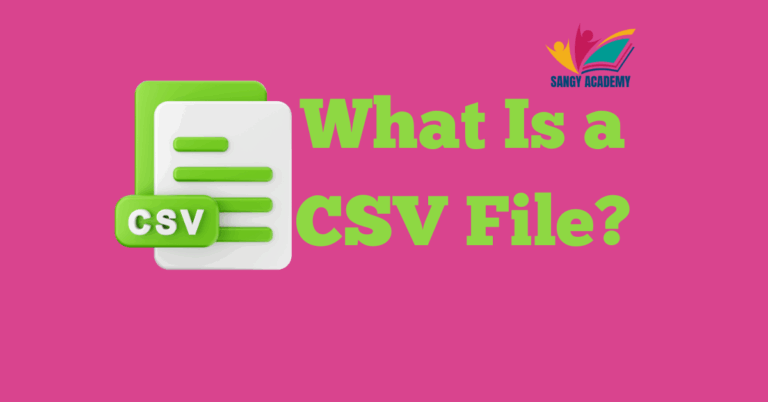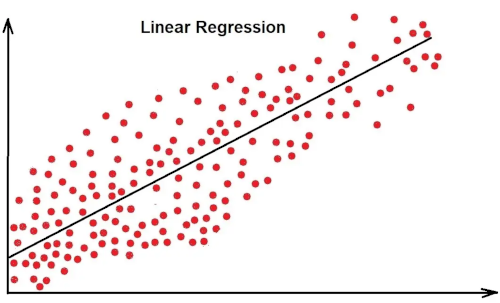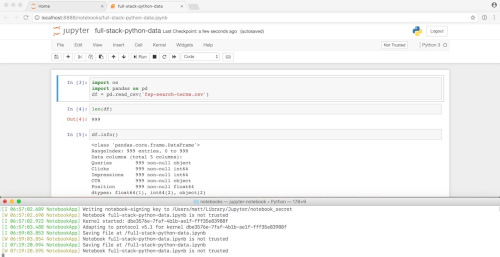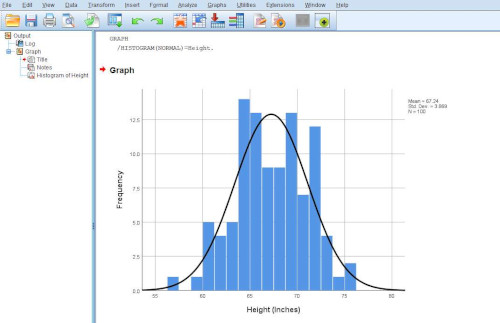What Is a CSV File? A Beginner’s Guide
Introduction In the digital age, data is everywhere, from school reports and business invoices to mobile apps and websites. A common and simple way this data is stored and shared is in a CSV file. If you’ve ever come across a file with a .csv extension and wondered what it is or how to use…





